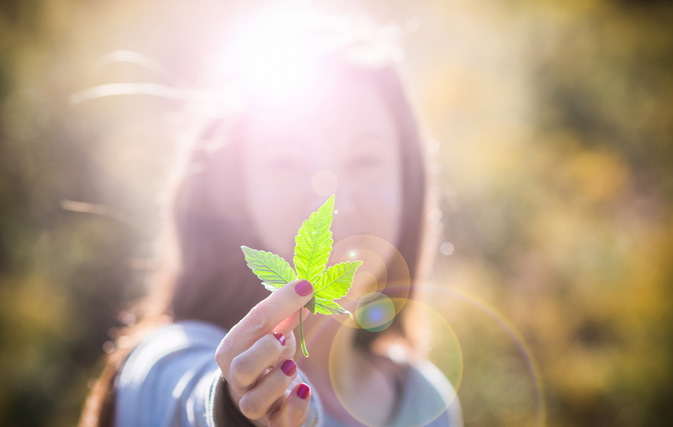TORONTO — The Well-Being Travel Symposium welcomes agents to explore the sometimes misunderstood but rapidly growing travel niche of wellness travel.
The Global Wellness Tourism Economy Report estimates that the sub-sector will grow more than 9% annually through 2017. And since this niche is relatively new, there is opportunity for agents to be pioneers and provide expertise to consumers on the large range of wellness travel product offerings.
“Travel agents need to take notice of this growing niche because consumers demand for travel is totally evolving, where they are really looking for options to maintain their healthy lifestyle while on the road, whether for work or for play,” says Mia Kyricos, Chief Brand Officer, Spafinder Wellness, Inc. “They want an opportunity to stay fit, eat well and also incorporate spa and wellness into their regular travel experiences, not because they think it’s a luxury, but because they have evolved to a place where it’s part of their health and wellness regime.”
Mia Kyricos, Chief Brand Officer of Spafinder Wellness Inc. – an online resource with more than 24,000 wellness locations around the world, offering commission to agents – spoke at the symposium along with several other industry leaders from Even Hotels, Learning Journeys, the Biggest Loser Resort, Windsor Arms and more. Kyricos presented her Top 10 Global Spa & Wellness Trends, pulled from the 2015 Spafinder Wellness 365 Spa & Wellness Trends Report, some of which were very relevant to travel agents looking to dive into this growing niche.
Forest Bathing is a popular new trend where stressed-out city folk walk mindfully through the forest, taking in sights, smells and sounds. It started in Japan in the 80s and is now seen as an effective way to de-stress, with documented evidence that it supports creativity and immunity, while decreasing anxiety. People have known for a long time that reconnecting with nature has healing benefits, but now some spas and retreats are taking it to the next level.
Cannabis tourism is on the rise, especially in the U.S. where a few states have decriminalized recreational use, while its medical use has been widespread for some time even in Canada. What’s new and interesting is that cannabis, wellness and travel seem to be colliding. Some cannabis dispensaries now resemble full service spas. Cannabis retreats are popping up for those looking to relax, or take on more serious medical conditions. And cannabis is being integrated with many spa, yoga, beauty and wellness products, such as hemp body lotions or hemp milk.
Another trend is what Kyricos describes as ‘My Fitness. My Tribe. My Life.’ alluding to the surge in social groups centred around fitness and physical activities, plus the social media networks that support these pursuits. This gives rise to more activity-based tours like yoga, surfing and biking; properties re-inventing their fitness offerings; and food and nutrition is an increasingly important consideration. Going to an all-inclusive, drinking to excess and pigging out on the buffet is less appealing to this group of consumers.
A move towards ‘spa on arrival’ and ‘spa en route’ is becoming apparent as travellers want to relax right away upon arrival, or even starting in transit. This is attributed to precious vacation time that needs to be maximized, stretched business travellers who need to stay at their best, and millennials with a ‘me now’ attitude afforded by modern technology. We now see wellness on arrival, yoga in airports, longer spa hours and more offerings in rooms supported by consumer demand.
Other highlights of the Trends Report 2015 include wellness traditions from the Islamic world, blue-collar wellness, wellness communities, hyper-personalized beauty, gut health and more. Please find more information at spafinder.ca.

